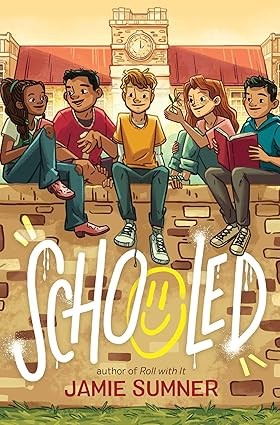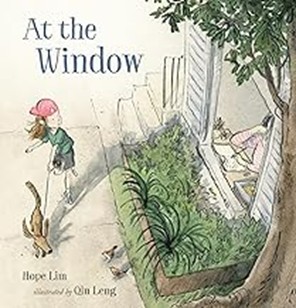
[Note: Although this is a picture book biography the vocabulary and conceptual knowledge exceed that typically possessed by primary grade readers. I would use this as an interactive read-aloud for grades 3-6. The content of this book will require much scaffolding but the book deserves a coveted spot on your bookshelf.]
The subtitle reveals that Ada Lovelace was the first computer programmer, even though she was daughter of Lord Byron. Over 200 years ago Ada combined her gifts of imagination and ability to connect ideas in original ways with her passion for science, math, and machines. It was her dream to someday do something meaningful with her mind—and did she ever fulfill that dream. The book tells the story of Ada’s childhood inventions, family life with her mother, and a life-changing mother-daughter trip to visit the factories of Europe. This was during the Industrial Revolution and Ada and her mother shared a fascination with machinery. On this trip Ada became intrigued with the mechanical loom and the possibilities she imagined for other technologies. At the age of 17 she met the great mathematician and inventor, Charles Babbage. The remainder of the book tells the story of one of the most remarkable friendships in the history of science. This friendship led to the development of computer programming—over 200 years ago. This is an amazing and compelling little-known story that your students will want to share with others.
Diane Stanley’s mother was an author who dedicated her first book to Diane. As a child Diane dreamed of writing a book with her mom and 40 years later they did just that. Mom wrote the text for The Last Princess (I’ve read it and recommend highly) and Diane created the illustrations. They dedicated the book to each other. Diane Stanley is both an author and an illustrator, although she did not illustrate Ada Lovelace. Three of her biographies have been recommended for the prestigious Orbis Pictus Award for outstanding nonfiction. Ada Lovelace was recommended, Michelangelo was an honor book, and Leonardo Da Vinci won the award. Her website will be interesting to readers in grades 3-8. I would use the About Me pages as mentor texts for writing autobiography. The Art Stuff page explains her processes of illustration. This page would be useful for teaching students how to live like illustrators since the ELA standards outline expectations for students to illustrate their writing.
Teaching Points: As a literary nonfiction biography mentor text I would use this book to teach leads (this lead includes the setting and an introduction of the character), use of transition words, and varying sentence types. The vocabulary is robust and critical to comprehension: navigation, rational, suppress, postponed, revolutionary, calculation, publicity, footnotes, extremely complicated, meticulous, soaring. Text features include an author’s note (students of nonfiction should learn to write author notes), an acknowledgement and explanation of controversies surrounding Ada, a timeline, and a glossary. When teaching students that readers question the text I would think aloud by asking myself, “Why would the title be Poet of Science? It seems like science and poetry don’t really go together.” Another example, “The author writes that Ada’s mother was worried because Ada showed dangerous signs of too much imagination. Why would imagination be a concern to her mother. The complexity of ideas in this book make it perfect for an interactive read-aloud.
Pathways Theme: Yesterday, Social Issues & Culture, Heroes
Recommended in 2016 for Orbis Pictus Award for Nonfiction.
Reviewed by Krystal Bishop, EdD
Professor of Education
Southern Adventist University

